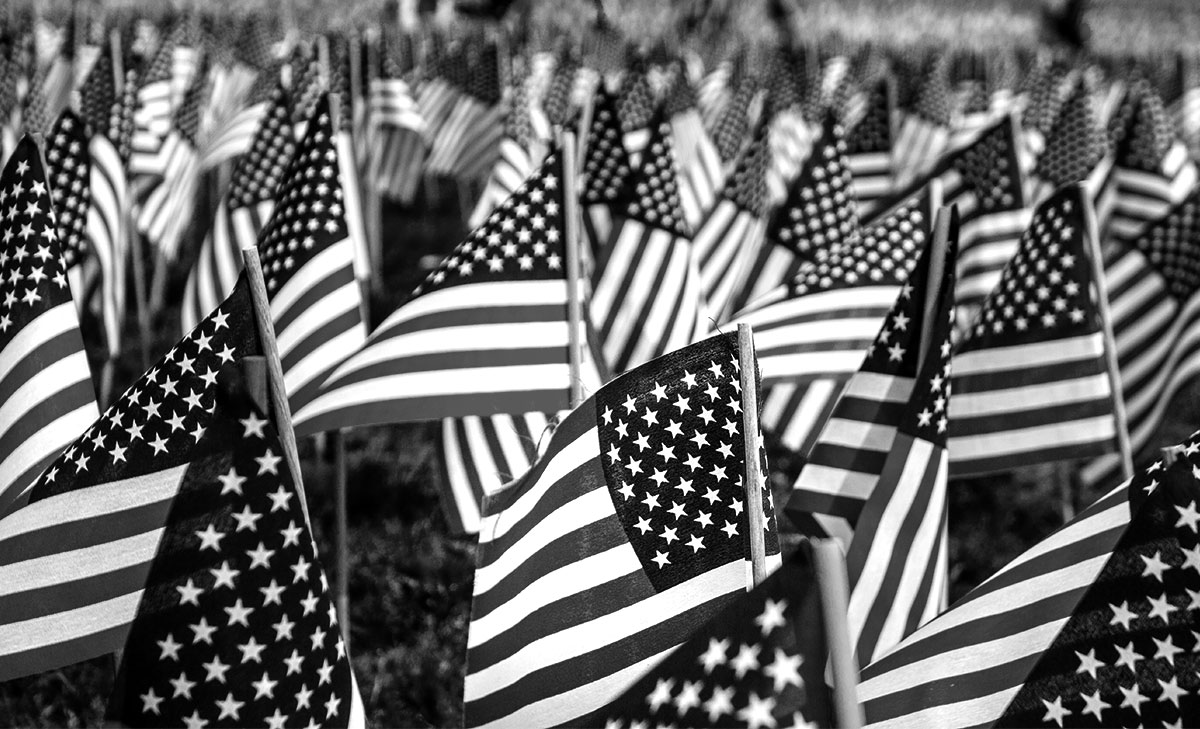Today is Memorial Day, so we’re taking a look at the history of this holiday. Memorial Day is observed on the last Monday in May each year and honors the soldiers who died while serving the US military. Many Americans observe the day by visiting cemeteries or memorials, attending parades, or holding family gatherings. Memorial Day was originally known as Decoration Day, which originated after the Civil War. It was proposed in 1868 by General John A. Logan as a nationwide day of remembrance. However, earlier memorial exercises had already been taking place in many communities. Some records show that one of the earliest celebrations was organized by a group of formerly enslaved people in Charleston, South Carolina in 1865, less than a month after the Confederacy surrendered. (However, in 1966, the federal government declared Waterloo, New York to be the birthplace of Memorial Day, since the town held a community-wide event.) By 1890, all of the Northern states had made Decoration Day an official state holiday, but Southern states honored the dead on separate days. After World War I, Memorial Day evolved to commemorate soldiers lost during all conflicts, not just the Civil War. For many years, Memorial Day was observed on May 30th, the date General Logan selected for the first Decoration Day. However, in 1971, the Uniform Monday Holiday Act went into effect, making Memorial Day a federal holiday and moving its observance to the last Monday in May in order to create a 3-day weekend for federal employees. Because of this, Memorial Day is now often a day of family fun as well as of remembrance and is widely considered to be the unofficial start of summer.

Your go-to guide for weird history facts
Subscribe to the FREE daily email that makes learning about history fun.


